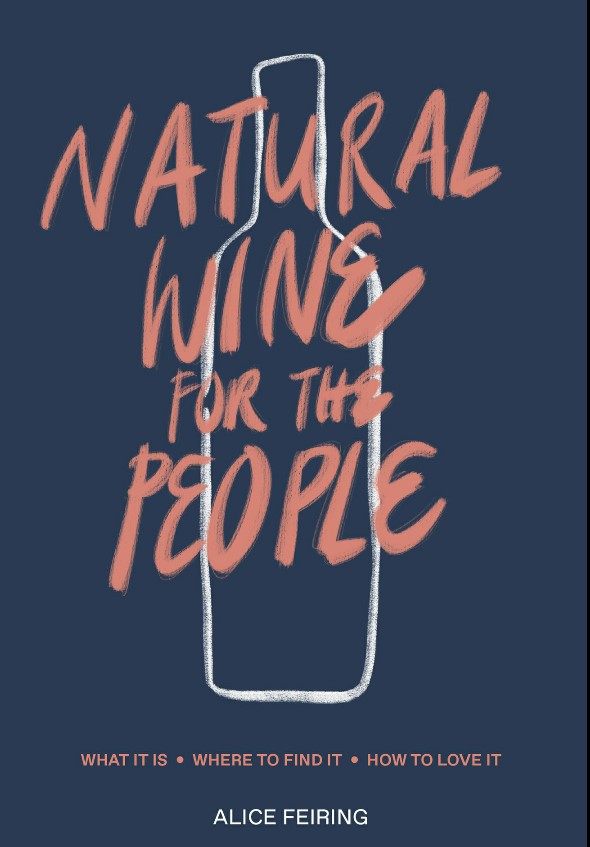
There is little doubt that Alice Feiring is one of the best wine communicators on this planet. Her messages are always clear and concise and she never talks down to her audience.
In this case her audience is clearly those who are new to the field of natural wines. However those who have been dabbling in the area for a while will still find much to learn and enjoy in this book particularly the stories she tells about winemakers she has got to know over the years in countries ranging from the United States to France, Italy and Georgia and many more. The stories highlight the producers philosophy and approach to winemaking and every one of them has a different story to tell.
The book is divided into four parts:
Part 1: What it is
Part 2: How to love it
Part 3: Where to find it
Part 4: The Producers
Following these major sections there are two appendices:
Appendix 1: Natural Wine Fairs
Appendix 2: Natural Wine Shops
Part 1: “What it is” Alice starts the first part with a definition of natural wine which is quite straight forward:
Natural wine is wine without crap in it
She then goes on to discuss how wine is made in very straightforward and easily digestible descriptions that will give newcomers a very good understanding of how natural and conventional wines are made.
She includes sections on the importance of the soil in growing the grapes, the importance of hand harvesting the grapes, whether the destem or not and why, whether to crush or leave the grapes whole, whether to allow skin contact or not, the crucial step of fermenting with the natural yeasts, which vessels are best for storing the wine, how to manage the lees and how the wine should be bottled.
All of these topics are clearly explained to novices but there is something for everyone, no matter how experienced.
Part 2: “How to love it” addresses many of the myths about natural wine in a lucid way and then goes on to look at some of the faults and flaws in wine suc as ropeiness, mousiness and others that can be found in some natural wines. There is a lot of useful information in this Part.
Part 3: “Where to find it” explains how to navigate through wine list or bottleshops with lots of unfamiliar wines. There is a useful section called “How to be a natural wine tourist” which we found very interesting for a number of reasons. Readers from Australia or the United States will be used to driving to the Napa Valley or the Barossa Valley, for example, and calling into five or ten vineyards that all have tasting centres that are open on most days.
However Alice rightly points out that things are very different among the natural wine producers that are often one or two person operations and on most days they spend their whole time in the vineyard. In most cases there is no staffed tasting room – of the sixty or so producers we have in France there are only about three where you can drop in without an appointment. Alice explains very well the protocols of trying to get an appointment and then how to behave when you get one.
Part 4 “The Producers” is a fascinating read. Here Alice recounts stories about some of her favourite producers ranging from the revered Pierre Overnoy through to Pascal Potaire the master of pet nats to Milan Nestarec from the Czech Republic. The stories about all of these producers have so much information about their philosophy and their winemaking techniques you will probably learn more from this part than the others.
In conclusion, this is a very good book from an excellent communicator. We strongly recommend this book!
You can order the book by clicking on the link below:






















